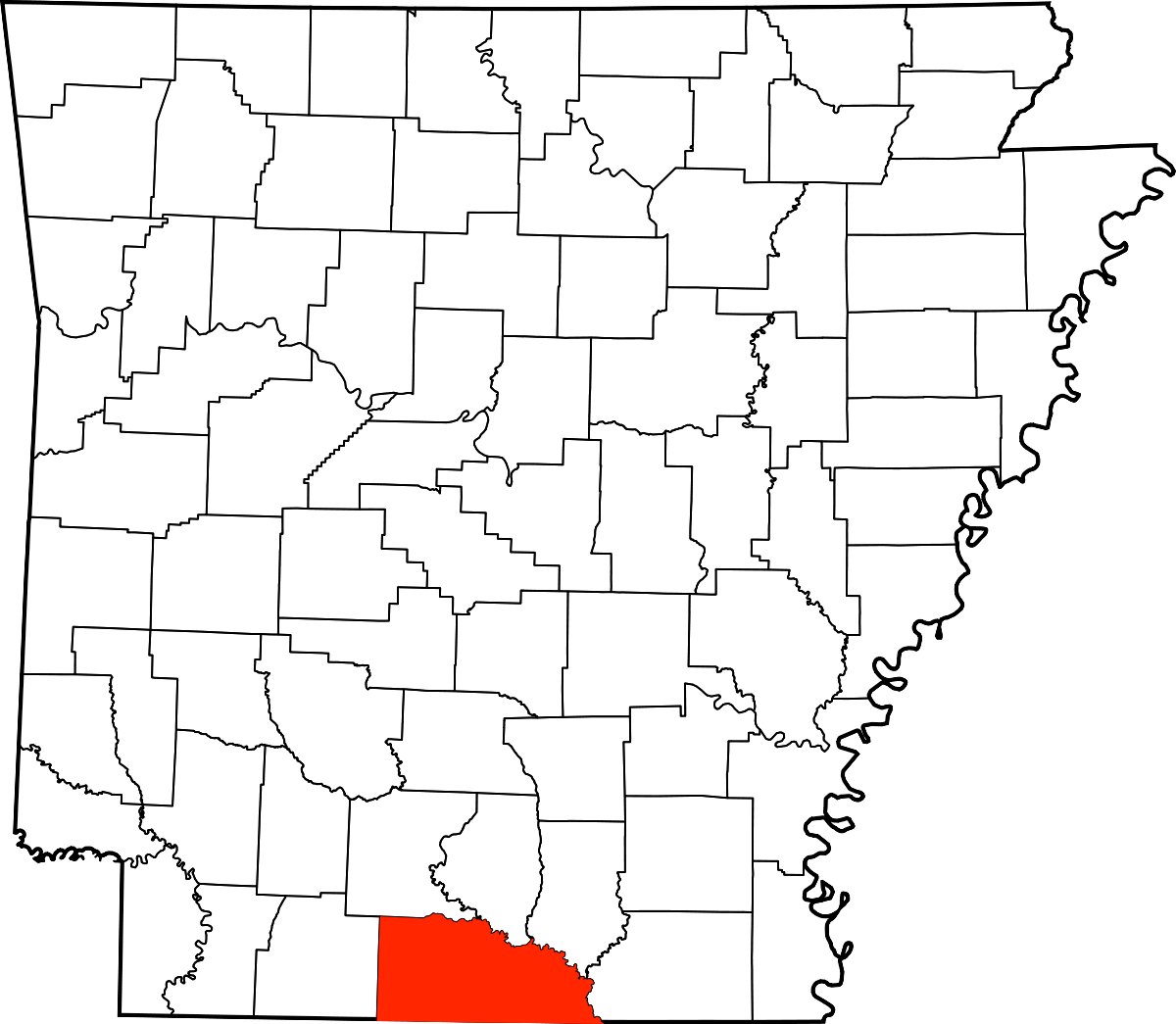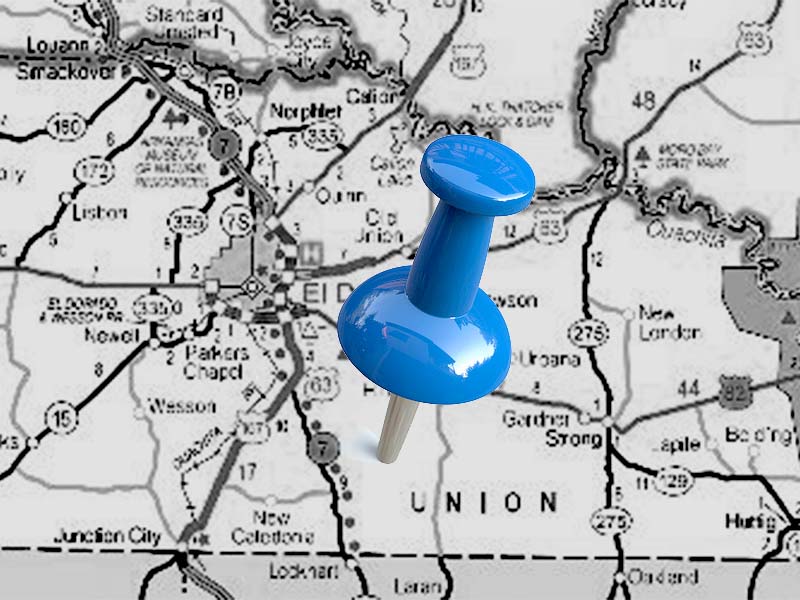Union County, Arkansas
Union County is located along the central southern border of Arkansas, with the Ouachita River bordering north and east, and a landscape rich in timberland. Union County is the largest county by area in Arkansas at 1,039 square miles. The county seat, El Dorado, has evolved from a humble oil town into an area rich in southern charm, history and some of the best Arkansas Festivals, being voted as having "America's Best Downtown" in 2009.
The Union County courthouse sits at the center of the square of its county seat El Dorado. Faceted in smooth-dressed limestone, the third and current courthouse, built during the oil boom of the 1920’s, boasts 40 freestanding ionic exterior columns spanning four stories, and a richly detailed marble two-story atrium with art deco accents. The exterior medallions of the scales of justice and lanterns of light signify the search for truth.


Search & Pay
Taxes Online

Assess Property
Tax Online

Search Assessors
Real Estate Records

El Dorado, AR
Official Website

Union County History
Union County was formed on November 2, 1829 along the waterways originally developed for cotton plantations in the antebellum years. On January 10, 1921, Dr. Samuel T. Busey hit oil with a well about a mile south of El Dorado, leading to an oil boom that attracted thousands of workers and speculators. His first well produced for fewer than two months, but by 1923, "El Dorado boasted fifty-nine oil contracting companies, thirteen oil distributors and refiners, and twenty-two oil production companies. El Dorado’s population reached a high of nearly 30,000 in 1925 and then tapered off as the oil industry declined. During World War II, chemical plants were established in the county. Exploitation of Arkansas forests led to growth in the timber industry in the county. Oil, chemical and timber industries are still of major importance to the economy.
In the early twentieth century, the Army Corps of Engineers undertook a project to build a lock and dam system after which they maintained. The system was originally designed to boost navigation on the Ouachita River, but the shipped tonnage failed to match local economic boosters’ expectations. However, the water-level management aided boating, hunting, and fishing. The navigation project sustained the Felsenthal National Wildlife Refuge, the world’s largest green-tree reservoir.







